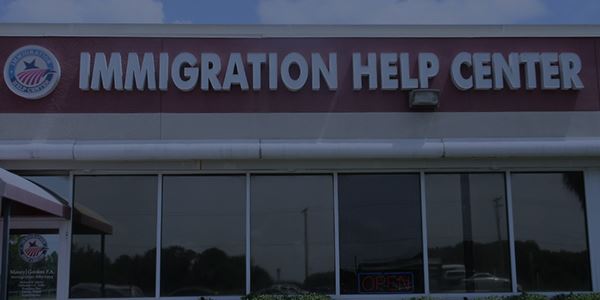Sponsoring family members for a green card is one of the most common ways to help loved ones immigrate to the United States. As a U.S. citizen or lawful permanent resident, you can bring your close relatives to the U.S. through the family-based immigration process.
This article will outline which family members you can sponsor, the differences in sponsorship for U.S. citizens and lawful permanent residents, and the steps involved in the process.
Who Can U.S. Citizens Sponsor?
As a U.S. citizen, you are more eligible to sponsor family members than lawful permanent residents. The following relatives can be sponsored for a green card:
1. Immediate Relatives
Immediate relatives of U.S. citizens have a distinct advantage because there are no numerical limits on visas available for them. Immediate relatives include:
- Spouse: Your legally married spouse is eligible for a green card.
- Children: Unmarried children under the age of 21.
- Parents: If you are at least 21 years old, you can sponsor your parents.
2. Other Family Members
U.S. citizens can also sponsor other family members, but these categories are subject to annual visa caps, resulting in longer wait times. These include:
- Unmarried Sons and Daughters: Children over the age of 21.
- Married Sons and Daughters: Regardless of age.
- Siblings: If you are at least 21 years old, you can sponsor your brothers and sisters.
Who Can Lawful Permanent Residents Sponsor?
Lawful permanent residents (green card holders) have more limited options than U.S. citizens. The family members you can sponsor include:
- Spouse: Your legally married spouse is eligible for a green card.
- Unmarried Children: This includes unmarried children under the age of 21 and unmarried sons and daughters over the age of 21.
The Sponsorship Process
Sponsoring a family member for a green card involves several steps, each requiring careful attention to detail.
1. File Form I-130
The process begins with filing Form I-130, Petition for Alien Relative, with U.S. Citizenship and Immigration Services (USCIS). This form establishes your relationship with the family member you wish to sponsor. You must provide supporting documentation such as birth certificates, marriage certificates, and proof of your U.S. citizenship or permanent residency.
2. Approval and Visa Availability
Once USCIS approves the I-130 petition, your family member must wait for a visa to become available. Immediate relatives of U.S. citizens do not have to wait for a visa number, but other categories are subject to annual limits, which can result in significant wait times.
3. Apply for a Green Card
After a visa number becomes available, your family member can apply for a green card. If they are already in the U.S., they can file Form I-485, Application to Register Permanent Residence or Adjust Status. If they are outside the U.S., they will go through consular processing at a U.S. embassy or consulate.
4. Attend Interview and Medical Examination
Your family member must attend an interview and undergo a medical examination as part of the green card application process. The interview typically covers the authenticity of the relationship and other eligibility criteria.
5. Receive Green Card
If the application is approved, your family member will receive their green card, granting them lawful permanent resident status in the U.S.
Sponsor Family Members for a Green Card Today!
Sponsoring family members for a green card is a meaningful way to reunite with loved ones and help them build a new life in the United States. Whether you are a U.S. citizen or a lawful permanent resident, your sponsorship can significantly impact your family's future.
Reach out to Maney | Gordon | Zeller, P.A. today at (800) 708-4399 to learn more.







